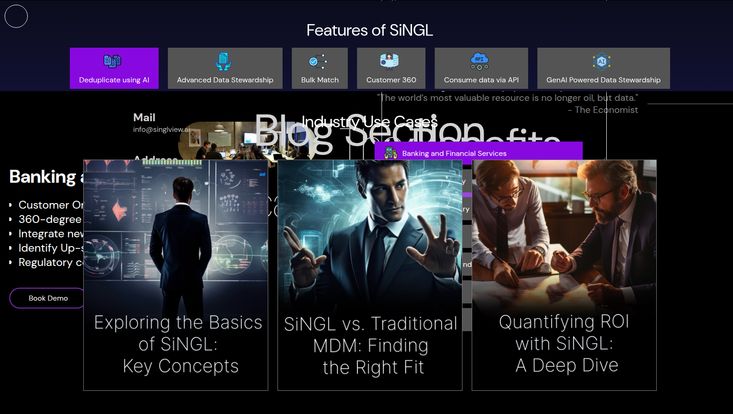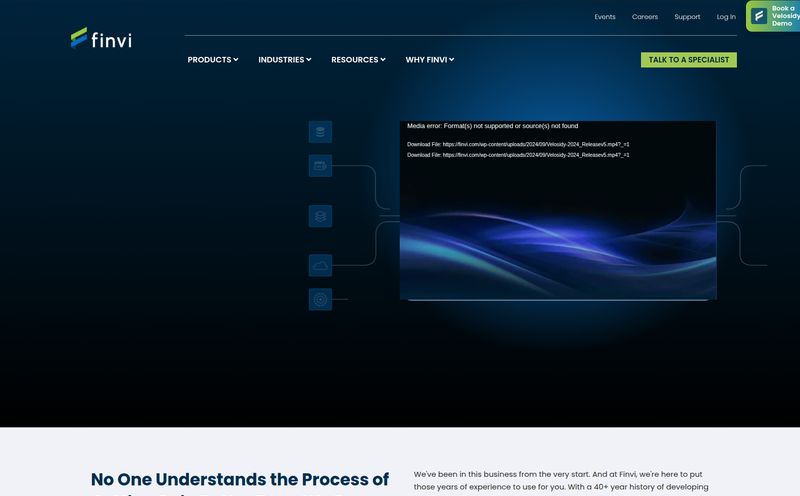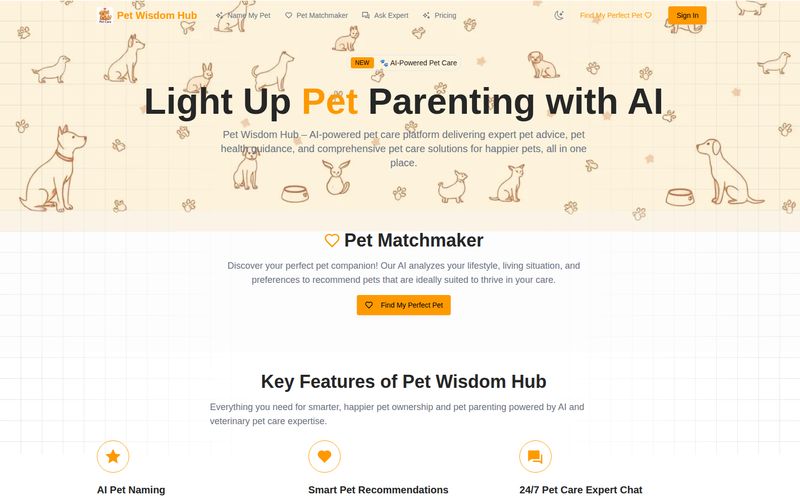I want to tell you a story. A few years back, I was working with a pretty big B2C company on a massive direct mail campaign. We’re talking high-gloss brochures, personalized offers, the works. The budget was… significant. The campaign launched, and we waited for the leads to roll in. Instead, we got angry calls. Why? Well, it turns out our prized prospect, a certain “Jonathan P. Smith,” received five identical, very expensive packages. One was addressed to Jon Smith, another to J. P. Smith, a third to Jonathan Smith at his old address, and so on. A total disaster.
This is the nightmare of dirty data. It’s the gremlin in the machine that makes your marketing look foolish, wastes money, and completely erodes customer trust. For decades, the answer to this problem has been Master Data Management, or MDM. And frankly, MDM projects are the stuff of legend—and not in a good way. They often involve multi-year timelines, eye-watering licensing fees, and an army of consultants. It's a huge, heavy lift.
So when a tool like SiNGL comes along and says it can solve this problem using AI, deliver a single “golden record” for each customer, and do it with a zero license cost model… you bet I’m going to sit up and pay attention. Is it too good to be true, or is this the nimble, modern solution we’ve all been hoping for?
What Exactly is SiNGL? (And Why Should You Care?)
At its heart, SiNGL is a data unification platform. It's designed to do one thing exceptionally well: take all your fragmented, messy, and duplicated customer data from various silos and stitch it together into a single, reliable source of truth. Think of it as a master detective for your database.
It hunts down all the aliases of “Jon Smith,” figures out they’re the same person, and creates one master file—the golden record. This gives you that mythical “Customer 360” view everyone's always talking about. A complete picture of a person's interactions with your company.
Why does this matter? Because with a true Customer 360 view, you can finally:
- Stop annoying your best customers with redundant communications.
- Personalize marketing that actually feels personal.
- Improve customer service because your reps have the full story.
- Accurately assess risk and spot potential fraud (a huge deal in finance and insurance).
And SiNGL's biggest claim, the one that makes everyone in the enterprise software space raise an eyebrow, is that they do it with no upfront licensing cost and can deliver a solution in under 90 days. That’s a direct shot across the bow of the traditional MDM behemoths.

Visit Singl Website
The Core Features That Make SiNGL Tick
A bold promise needs some serious tech to back it up. From what I can see, SiNGL is built on a few powerful pillars that address the entire data-cleansing lifecycle.
AI-Powered Deduplication
This is the secret sauce. We’re not talking about a simple spreadsheet formula that checks if two cells are identical. SiNGL uses artificial intelligence to perform fuzzy matching. It can understand that “St.” and “Street” are the same, that “Bob” is a nickname for “Robert,” or that a typo-laden name is likely the same person as a correctly spelled one. This is the kind of nuanced, context-aware matching that used to require teams of data stewards hours of manual work.
Golden Record Generation and the 360 View
Once the AI has identified the duplicates, the platform gets to work creating the golden record. This isn’t just about picking one record and deleting the others. It’s about intelligently merging the best, most up-to-date information from all available sources into one comprehensive profile. Did one database have a new phone number and another have an updated address? The golden record should have both. This is what culminates in that complete 360-degree view.
Advanced & GenAI Data Stewardship
I always get skeptical when a platform claims its AI is perfect. It never is. There will always be edge cases where the machine isn't 100% confident. A good platform acknowledges this, and SiNGL does. It includes an “advanced data stewardship” module. This is basically a dashboard for your human experts to review the AI's suggestions, resolve conflicts, and make the final call on tricky matches. The addition of “GenAI Powered” stewardship is interesting, suggesting it might use generative AI to summarize conflicts or suggest resolutions, making the human's job even faster.
Bulk Matching and API Consumption
This is critical. It's one thing to clean up your existing database, but it’s another to keep it clean. SiNGL can perform bulk matching on huge datasets and, more importantly, allows you to consume this clean data via an API. This means your other applications—your CRM, your marketing automation tool, your call center software—can query SiNGL in real-time to always have the most accurate customer information. It turns your clean data from a static file into a living, breathing resource.
SiNGL vs. The Old Guard: A Traditional MDM Showdown
I've been on a few of those old-school MDM implementation projects. They can be brutal. It feels like trying to turn an oil tanker on a dime. SiNGL is positioning itself as the speedboat zipping past.
Let's paint a picture here. Traditional MDM often means a multi-million dollar software license before you've even written a line of code. It means a year-long (or longer!) project with a team of expensive consultants just to get the platform running. The systems are powerful, no doubt, but often incredibly rigid and complex.
SiNGL’s approach feels fundamentally different. By eliminating the license fee, they remove the biggest barrier to entry. Their promise of a sub-90-day delivery is almost unheard of in this space. It suggests a more agile, productized solution that focuses on solving the core problem—deduplication and the golden record—without getting bogged down in endless customizations. It’s a classic David vs. Goliath setup, and I'm here for it.
The Real-World Benefits: More Than Just Clean Data
Okay, so you have clean data. So what? The real value is what you do with it. This is where the ROI comes in.
- Reduced Mailing Costs: Remember my story? Not sending five brochures to one person saves real money. Scale that across a million-record database, and the savings are immense.
- Enhanced Call Center Efficiency: When a customer calls, does your agent have to toggle between three different screens to piece together their history? A golden record means one screen, one history, and a much faster resolution time.
- Legitimately Better Marketing: You can finally segment your audience properly. You can build profiles based on a complete history and match needs to products with scary accuracy. This is how you build loyalty.
- Improved Fraud Detection: In banking and finance, spotting a single actor trying to open multiple accounts under slight variations of the same name is critical. A robust deduplication engine is your first line of defense.
The Catch? Let's Talk Potential Downsides
No tool is perfect, and any seasoned professional knows to look for the trade-offs. Based on the information available, here’s where I think you’d need to do your due diligence.
First, the AI needs to be trained. It won’t magically understand the unique quirks of your company’s data right out of the box. This will likely require feeding it a good sample of your enterprise data and working with their team to fine-tune the model. This isn’t a con, so much as a reality of any machine learning implementation. It takes work.
Second, someone needs to set the matching thresholds. This is the art and science of deduplication. You have to decide how “confident” the AI needs to be to merge two records automatically. If you set it too low, you risk merging two different people named John Smith. Too high, and you’ll still have duplicates. This requires expertise, either from your team or theirs.
Finally, the specifics of their AI algorithms aren't published. This is pretty standard—it’s their intellectual property, after all. But it means you’re placing a degree of trust in their “black box.” The proof, as they say, is in the pudding. Or in this case, the PoC (Proof of Concept).
What's the Price Tag on SiNGL?
This is the million-dollar question, isn't it? Or in this case, the zero-dollar-license-fee question. Their main hook is “Zero license cost.” So, is it free? Of course not. And thats ok.
I went looking for a pricing page on their site, and… well, it seems they’re either revamping it or playing things close to the chest, as the link I found led to a 404 error. It happens to the best of us! However, the model is pretty clear. This is almost certainly a SaaS (Software as a Service) or DaaS (Data as a Service) play. They don't charge you for the software itself, but they will charge for the implementation, support, hosting, and ongoing consumption of the data (e.g., a fee per API call or per record managed). This is a modern, fair business model. It shifts the cost from a massive upfront capital expense to a more manageable operational expense, and it means the vendor is motivated to ensure you're actually getting value from the platform.
So, Is SiNGL Worth a Look?
From everything I've seen, my answer is a resounding yes. SiNGL is targeting one of the oldest and most painful problems in enterprise data with a modern, intelligent, and financially sensible approach. The combination of a powerful AI engine with the necessary human-in-the-loop stewardship features shows a mature understanding of the problem.
For any organization—especially in banking, finance, or healthcare—that is feeling the pain of data silos and has baulked at the cost and complexity of traditional MDM, this seems like a very compelling alternative. It’s not a magic wand that you just wave at your messy database. It will require collaboration and a bit of work to get right. But the potential to achieve that coveted golden record in months, not years, and without a crippling upfront cost? That’s more than just interesting. It’s potentially transformative.
Frequently Asked Questions about SiNGL
- What is a 'golden record'?
- A golden record is a single, consolidated, and authoritative version of a data entity, like a customer or a product. It's created by merging the best available information from multiple, often conflicting, data sources into one master file.
- How is SiNGL different from traditional Master Data Management (MDM)?
- The primary differences are in cost and speed. SiNGL offers a zero-license-cost model, focusing on operational expenses, whereas traditional MDM involves huge upfront license fees. SiNGL also promises implementation in under 90 days, a fraction of the time typical MDM projects take.
- Is SiNGL really free?
- No, but it operates on a 'zero license cost' model. This means you don't pay for the software itself. Costs are typically associated with implementation, professional services, support, and data consumption (e.g., API usage), which aligns the cost with the value you receive.
- How long does it take to implement SiNGL?
- SiNGL advertises that it can be delivered in less than 90 days. This is significantly faster than traditional enterprise data projects which can often take over a year.
- What kind of data can SiNGL handle?
- It's primarily designed for customer, patient, or other 'party' data. The platform's use cases highlight industries like Banking, Financial Services, and Healthcare, where having a single view of an individual is critical.
- Do I need a data scientist to use SiNGL?
- While a data scientist on your team is always a plus, SiNGL is designed as a managed solution. Their team would likely handle the complex AI model training and configuration. Your team's role would be more focused on data stewardship—using the platform's tools to verify matches and define business rules.
Reference and Sources
- The official SiNGL Website: https://singlview.ai/
- Gartner's explanation of Master Data Management (MDM): Gartner IT Glossary - MDM



